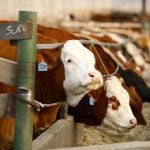
Tag Archives Alberta
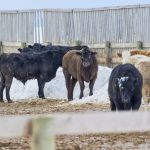
Klassen: Grassers and herd rebuilding confidence keeps feeders elevated
Major grazing regions of Western Canada receive more than double of normal precipitation in last month

Prairie forecast: Storm system heads for southern Prairies
Updates forecast issued Feb. 29, covering Feb. 29 to March 6, 2024

Feed barley stuck in downtrend
Canada has imported 564,900 tonnes of U.S. corn since Sept. 1
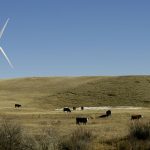
Alberta to ban renewables projects on prime agricultural land
Rules could create a backdoor land ban, analyst says

Prairie forecast: More much-needed moisture expected
Issued Feb. 29, covering Feb. 29 to March 6, 2024

Klassen: Statistics Canada confirms lower feeder cattle supplies
Precipitation in Alberta, Saskatchewan increases demand for grassers
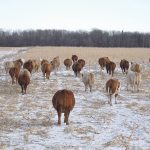
Prairie forecast update: Storms roll in
Updates forecast issued Feb. 21, 2024

Feed barley under pressure, but opportunities available
Corn downturn likely to keep feedlots looking to extend coverage

Prairie forecast: Mild start, then a chance of storms
Issued Feb. 21, covering Feb. 21 to 28, 2024
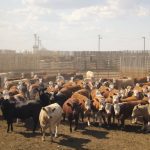
Klassen: Feeder market shows signs of herd expansion
Some buyers suggest some heifers are being purchased for breeding



